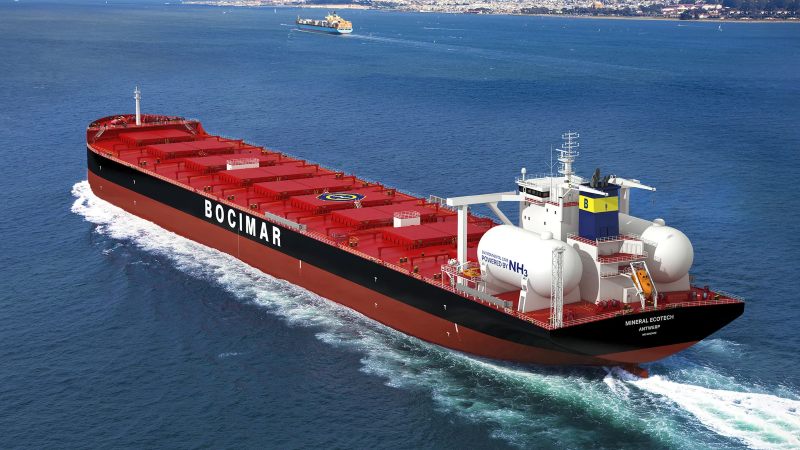ITOCHU & Mitsui O.S.K. Lines: ammonia bunkering demonstrations planned for 2027
Mitsui O.S.K. Lines and ITOCHU will use their own vessels to demonstrate ship to ship ammonia bunkering in Singapore in 2027. This week, ITOCHU also signed collaboration agreements for the development of ammonia bunkering near the Suez Canal.









